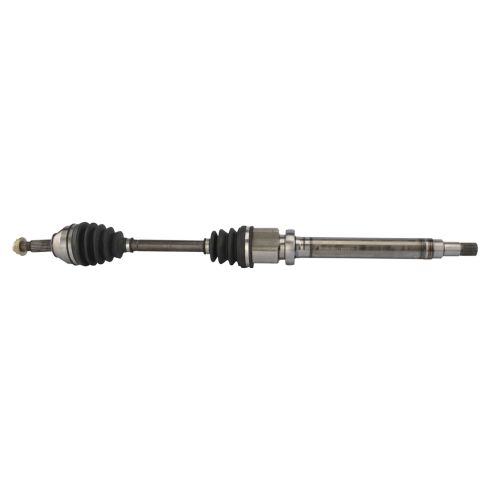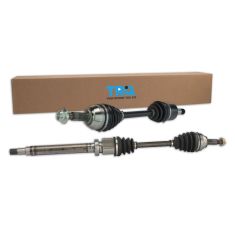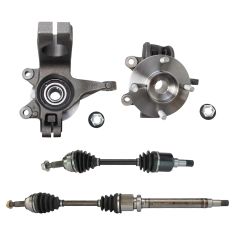1AACV00120-Ford Focus Front Passenger Side CV Axle Assembly TRQ CSA82177

Replaces
2008 Ford Focus Automatic Transmission Front Passenger Side CV Axle Assembly TRQ CSA82177

Product Reviews
Loading reviews
5.00/ 5.0
4
4 reviews
This is worth it
October 25, 2018
Older car not trying to dump a ton into it but this was good quality at a great price. Works perfectly. Fits exactly as advertised.
Easy Repair
July 1, 2019
Part is working great. Was an easy fix...once i got the old part off. Rusted axel nut was a pain but once we got it off the new part went in in less than 20 mins. Thanks again 1a Auto!
Very satisfied.
May 10, 2024
Looked good out of the box. Installed perfectly. Running very well.
Great value.
June 4, 2024
Perfect fit. Car is running great. A rare good value.
Customer Q&A
Does the middle bearing of this 1AACV00120 axle have to be pressed into the carrier?
June 5, 2019
10
Written and video installation instructions are found on the product page under the "How-To & Tools" tab. If we do not have these you may be able to find them on Youtube or an automotive forum. We do not have any additional installation instructions.
June 6, 2019
Curtis L
How many teeth are on the spline side of this axle?
June 23, 2020
10
Thank you for your inquiry. At this time we do not have any information on how many teeth the part has but it should be the same as the original.
June 23, 2020
Emma F
I have a 2002 ford focus wagon (ZTW). I do not know the transmission code (it's an automatic transmission). The eight VIN digit is a 3. Will this part work?
June 14, 2022
10
Yes, this part will fit your vehicle.
June 14, 2022
Andra M
Ford is a registered trademark of Ford Motor Company. 1A Auto is not affiliated with or sponsored by Ford or Ford Motor Company.
See all trademarks.












